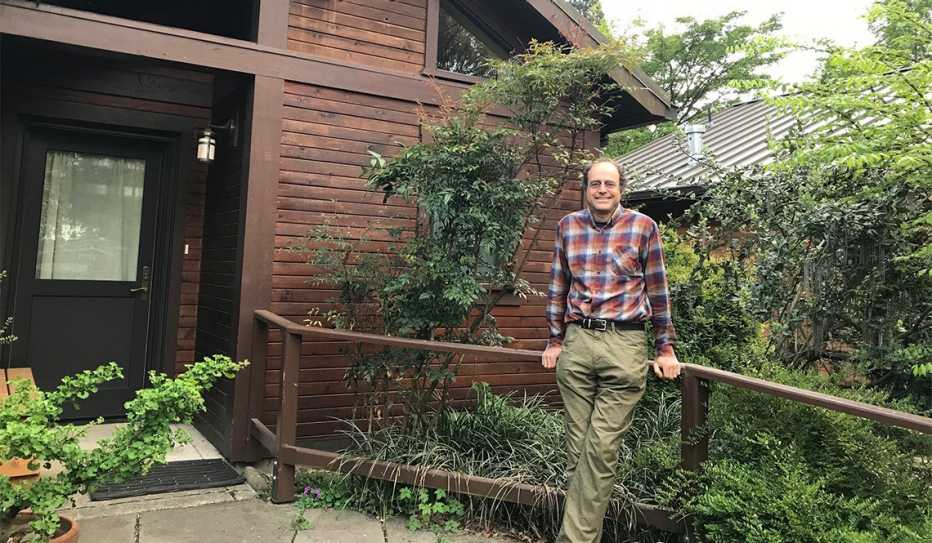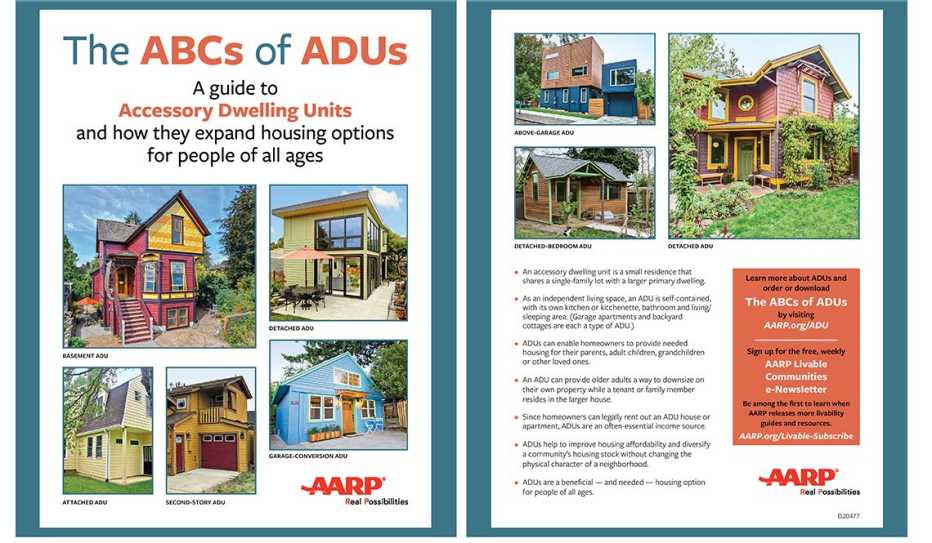AARP Hearing Center


Accessory Dwelling Units (or ADUs) are small homes or apartments that are built by homeowners as a second residence on a property zoned as a single-family lot. ADUs — which are more commonly referred to as, among other terms, backyard bungalows, in-law suites or basement apartments — are increasingly seen as a housing solution for people of all ages, life stages and income levels.
ADUs can be useful for older adults looking to stay in their existing neighborhood or close to family as well as for younger residents in need of an affordable, suitably-sized housing option, often in a more expensive area. ADUs can also be helpful to those seeking income from a rental property or who want to provide housing for a relative, friend or care provider.
As a result, communities are changing long-standing zoning regulations that have both restricted the construction of ADUs and deemed as illegal those that do exist, often from an era long before the advent of modern zoning codes.
Eli Spevak, an ADU advocate, builder, developer and educator explains the history of ADUs in America, the benefits of ADUs, and how ADUs support the local economy by employing small businesses and local contractors. He also provides information about ADU resources and discusses the different funding mechanisms that can be used to fund the creation of an ADU.
Watch each of the four videos below — or watch all four segments in one video. The videos on this page were created by an external organization so might not reflect AARP’s public policies or advocacy positions, which can be found in the AARP Policy Book. The videos were filmed in 2020 | Page published April 2021
Related:































































